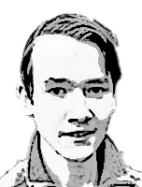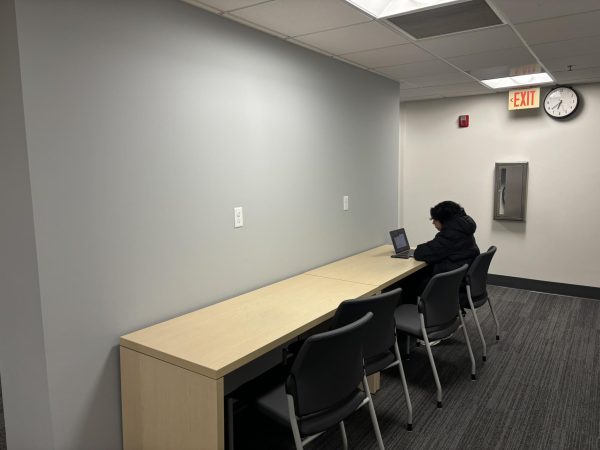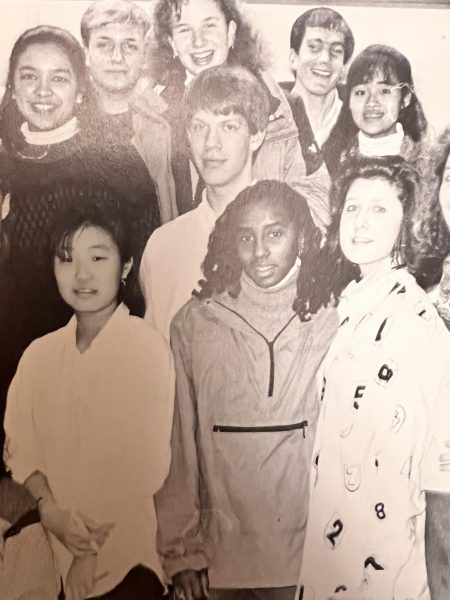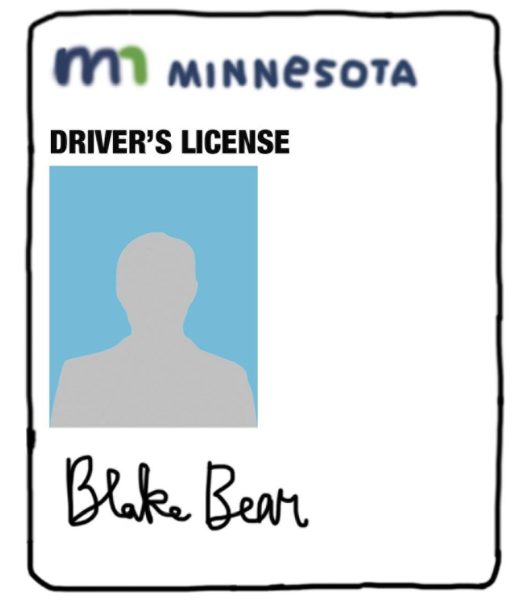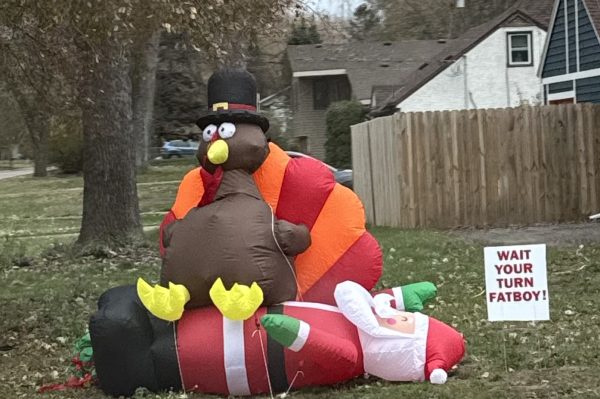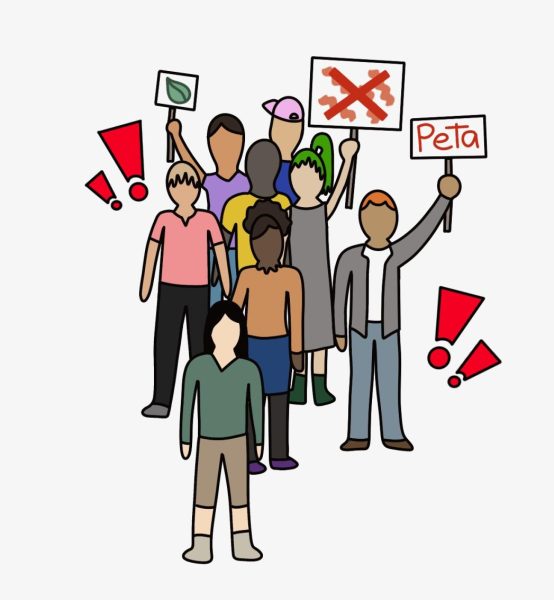Oregon protest sparks confusion
The group Citizens for Constitutional Freedom, lead by Ammon Bundy, took over the Malheur National Wildlife Refuge in Oregon on January 2nd. Although they were armed, they remained somewhat peaceful and had surprisingly not drawn any major law enforcement presence for the first few weeks of the occupation. However, there has been dispute on what to call their occupation of this land.
They are occupying this land in an effort to protest federal control of western land. Bundy believes that the creation of this refuge has prevented ordinary citizens from enjoying these beautiful lands. This group also has strong mormon beliefs that connect with their extreme anti-government sentiment.
They believed that the government is in violation of the Constitution’s property clause. Additionally, they protested the increased prison sentence of Dwight Hammond and Steven Hammond, who are both charged with arson on federal land.
The Hammonds argue that they were simply trying to destroy an invasive species on their own property, and didn’t intend to have the fire spread. However, the Hammonds did not support the protests and had a message publicized expressing their disapproval. A federal court recently gave them a longer sentence to complete the minimum sentence for arson, and also to dissuade others from committing a similar crime.
Many reporters have struggled with how to label these protesters. Militia? Protesters? Criminals? First, a Militia is a civilian make-shift army that disputes a regular army, according to the dictionary. This group remained non-violent yet was armed; thus, this is only a mediocre description. However, Lavoy Finicum, a representative of the protesting group, was shot and killed by the FBI when he reached for a gun during an FBI operation to arrest leaders of the group.
This group could be considered protesters, because they powerlessly initiated a discussion on the role of the national government. Therefore, the only conclusive definition of this group would be protestors, as they occupied this land in hopes to increase awareness about access to federal land.




